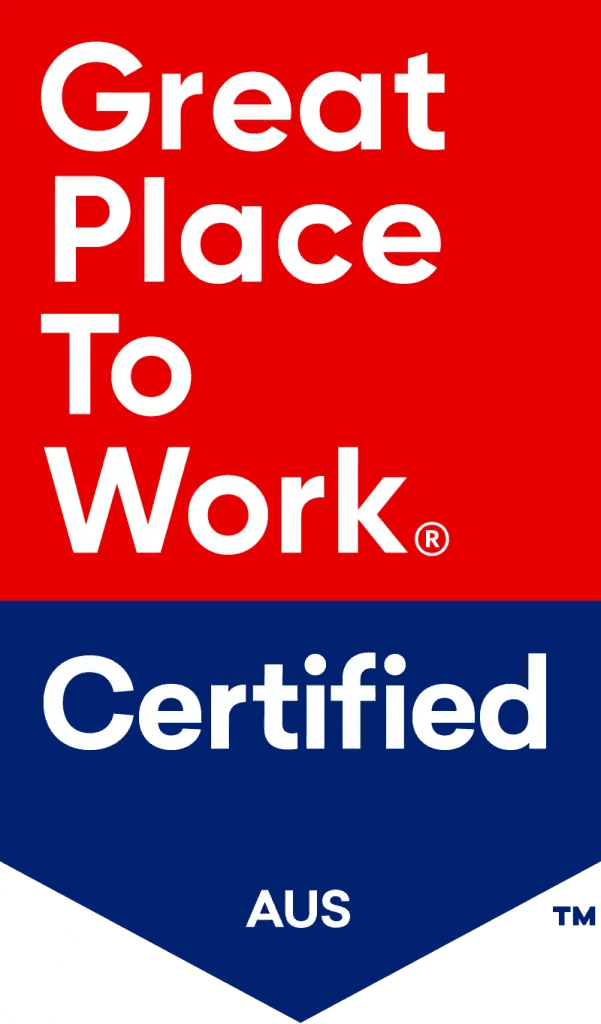More than 46 years after the idea of the paperless office was conceptualised, the average workplace still relies on paper in its everyday business processes. It is estimated that each employee averages 10,000 sheets of paper per year.
Considering having a paperless office can benefit your business in more then one way, it’s surprising to think how many companies are still relying on paper for their day-to-day duties.
The common conception among legal professionals is that it’s impossible to go paperless. However, chances are that whatever you’re using paper for in your office, there’s a digital solution that exists.
From compiling and signing your contracts to note-taking, it can all be done through digital means.
In this article we look at 5 tips you can introduce into your law firm to start the transition to a paperless office.
Embrace electronic signatures
In a paperless workplace, signing contracts and agreements no longer means printing out long documents for a couple of signatures.
Instead, this costly and time-consuming process can be replaced by utilising electronic signatures. With legislation recognising electronic signatures, there’s no longer a need for ‘wet signatures’.
Using tools like triSign, can help you in transition to a paperless office. Not only does it cut down the amount of paper, but it also allows you to sign your documents from any location, without needing a printer nearby.
Use online invoicing to handle client payments
Reduce the number of paper invoices and checks your business sends out by taking your payroll and accounting needs online.
There are multiple systems available now, including Xero, that allows you to create invoices and track your expenses. Not only saving you time but also your paper waste.
Take digital notes
Note-taking doesn’t have to be done in a notebook anymore. There are so many digital solutions that allow for both time-efficiencies and cost-efficiencies.
There is a much better way than searching endlessly for a sticky note or page in your notebook.
With applications like Microsoft One Note and Simplenote, you can access your notes from any location and edit them on any device.
When you’re commuting to work or relaxing at home, and that idea strikes, you don’t have to wait until you get into the office to scribble it down into your notebook.
Simply open up your phone, type it into OneNote and it will be available on your desktop when you get in.
Use a new paperless filing system
Reduce the amount of clutter and filing cabinets in your office and create a paperless filling system.
Applications like Google Drive or Microsoft Sharepoint allow you to store your documents online whilst still being secure.
Transitioning to storing files digitally will be a long process initially especially if you have piles of paperwork to sort through.
However, once you’ve done it once, you’ll never experience that again. All documents will be easily found and effortless to store.
Get the team onboard with becoming a paperless office
At the start the team may be hesitant with moving towards a paperless office, especially if they have been within the business for a long time and are stuck in their ways.
That is why you need to make everyone accountable moving towards becoming a paperless office.
By setting goals for each department, or if you’re a small firm, set personal milestones so that each team member can keep track of your progress.
Training will also be needed when transitioning into digital applications and software’s.
The process of transitioning into these paperless processes can take time and might seem more effort than its worth. However, once it’s implemented, you’ll be operating a more sustainable and future-ready office.
If you are interested in paperless conveyancing solutions, you can book in an obligation-free demonstration at anytime to see how easy the platform is or click here to start searching.
You can also Contact Us via the website for any questions you might have.






